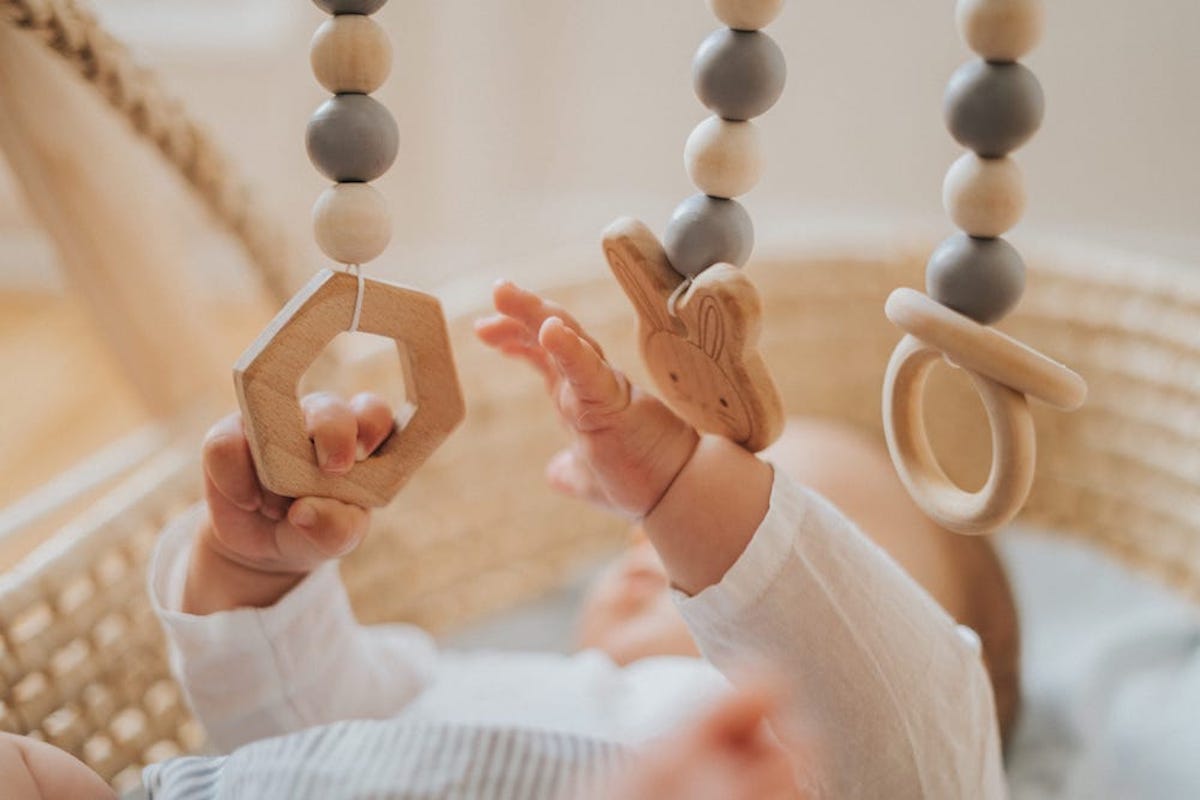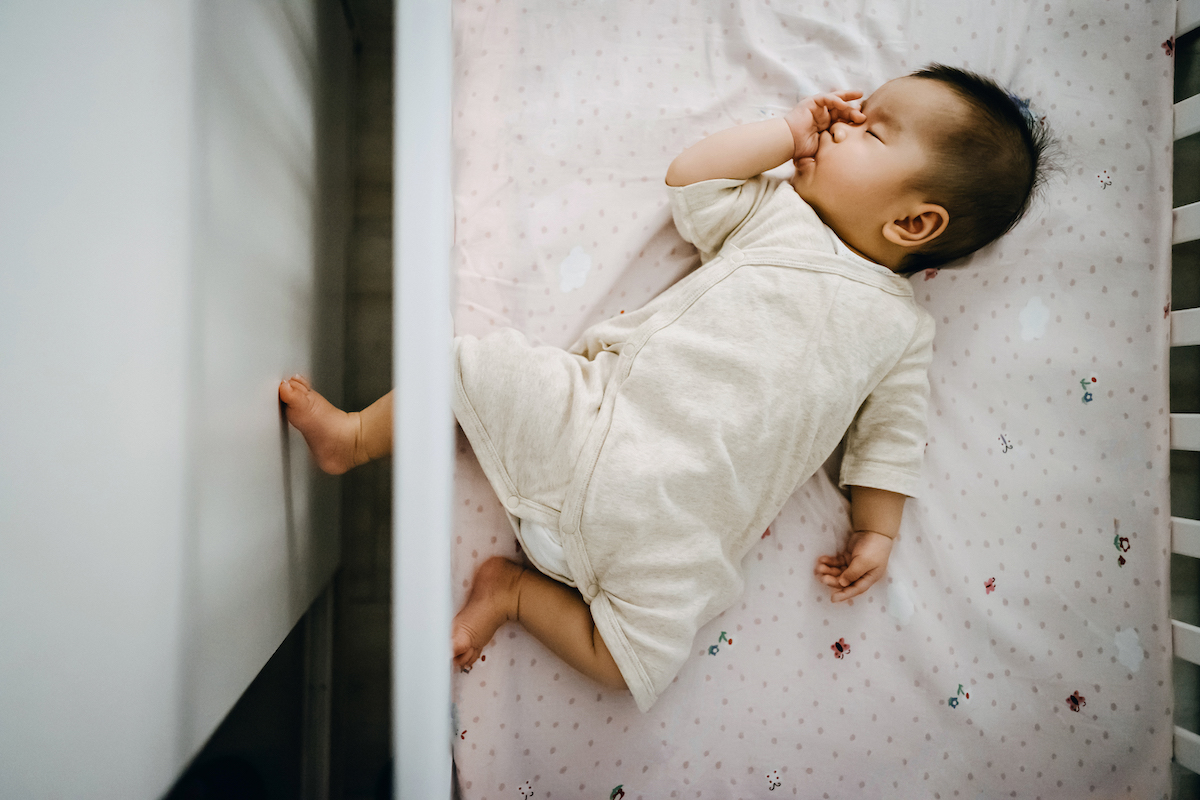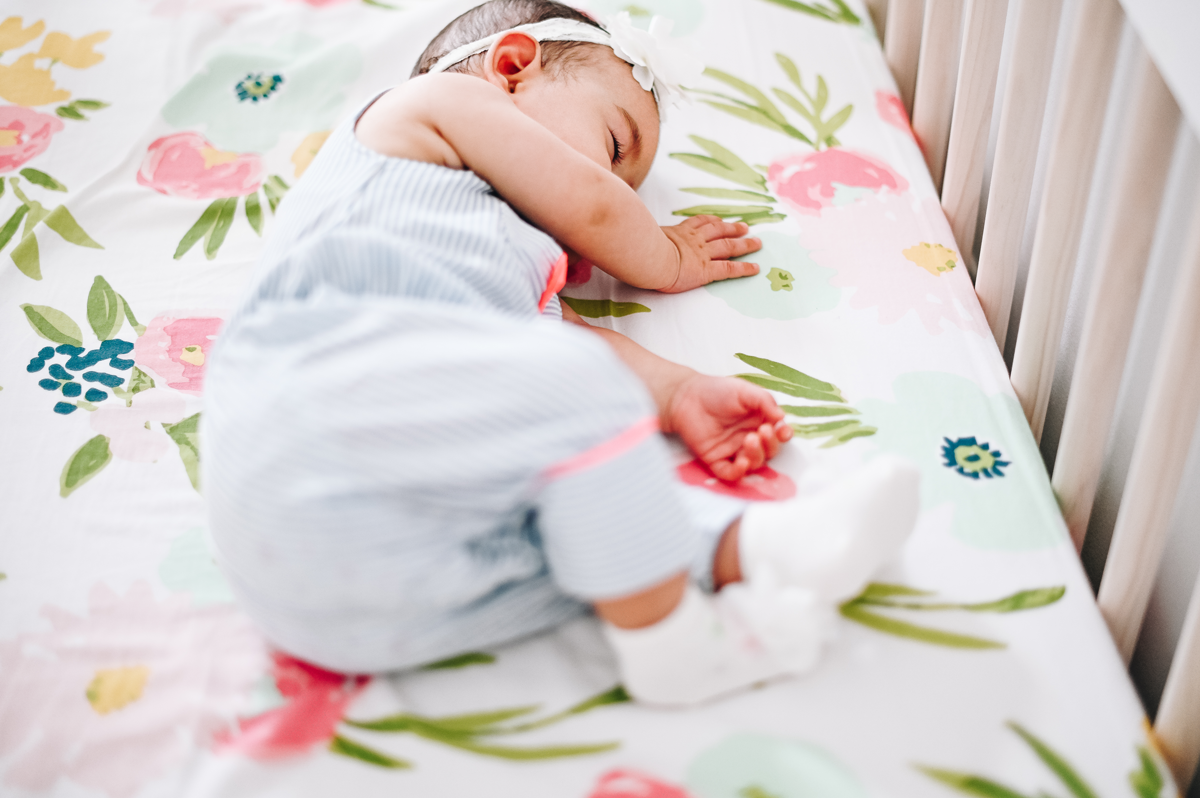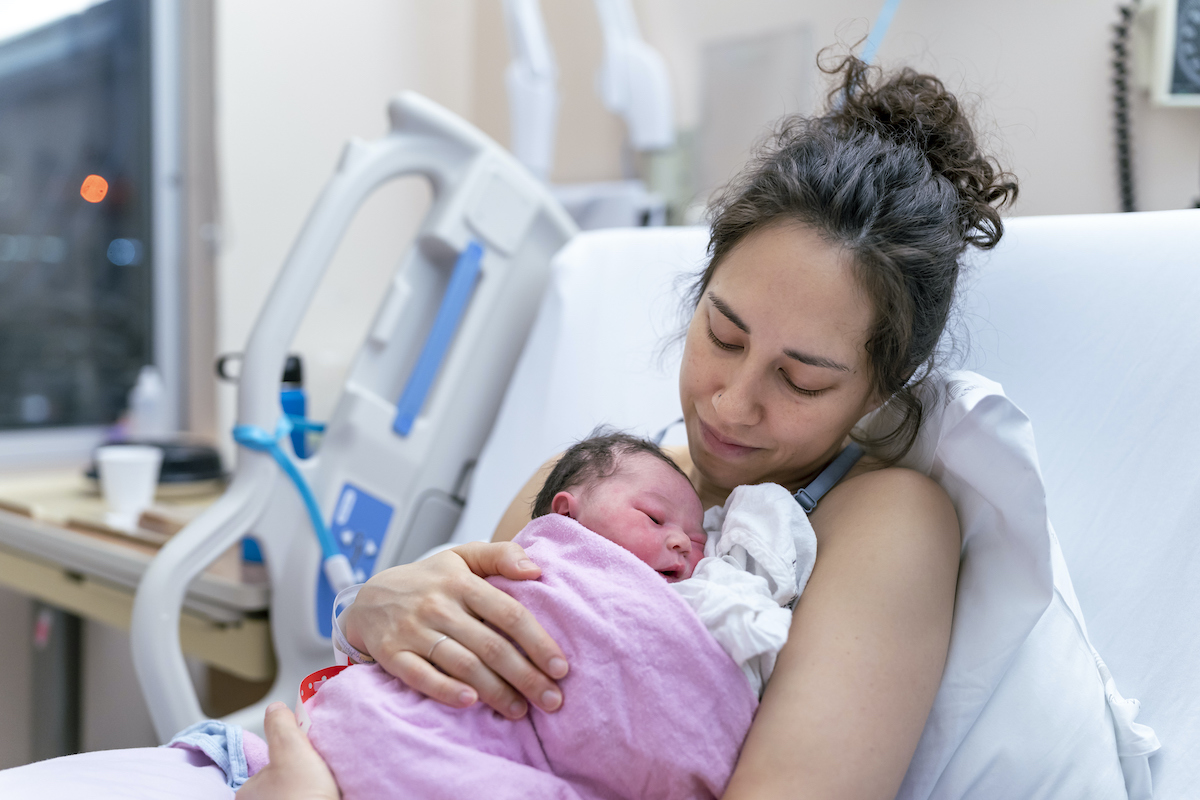I wrote a couple of weeks ago about the new SIDS study, and why the media overstated it (interesting fact: the original article was updated to be much less aggressive after my post).
In response to that post, a number of people followed up with questions about the evidence behind three other SIDS prevention recommendations: pacifier use, avoiding overheating, and fans. Here, I briefly review the evidence behind those three behaviors.
SIDS and Pacifiers
The evidence on SIDS and pacifier use is based on case-control studies (this is true of most of the evidence we have on SIDS). These studies work by identifying cases where infants died, and attempting to match them to comparable infants who did not. Both groups are interviewed about many aspects of their behavior, and the authors compare behavior across groups. This study approach is useful and necessary when an outcome is rare — which, thankfully, SIDS is — because a study that begins with the overall population will have too few cases.
The downside of this approach is that in addition to our general concerns about differences in demographics and other factors across the groups, there is also a concern about the selection of who is in the study. In some settings, the approach to selecting the cases is totally different than the approach to selecting the controls, and this is problematic.
All of this is to say that the evidence on this (and the topics below) is relatively weak. We have much better evidence to support the recommendation for back sleeping.
In the case of pacifiers, there are a number of these case-control studies that point to a small reduction in risk with pacifier use. This meta-analysis from 2005 points to a 10% to 30% reduction in risk, with larger estimates if they focus on pacifier use at the last sleep. The consistency across a number of studies, the fact that the effects are larger when we adjust for confounding variables, and the higher estimate on the last sleep all contribute to the plausibility of this effect.
Overall recommendations note that without randomized controlled trials or large prospective studies, it’s difficult to be confident about these impacts. But the evidence is suggestive. And given that pacifiers have limited downsides (here is my take on them, with the evidence showing no risk to breastfeeding), the risk-benefit trade-off may be worth it.
SIDS, Heat, and Fans
One case-control study, from Australia, pointed to an elevated SIDS risk from “bedroom heating.” This was poorly defined, and the magnitude of the results is fairly small. It could suggest a role for overheating, but it is difficult to take very much from this study.
We do have some other, larger-scale, evidence suggesting that higher outdoor temperatures are associated with elevated SIDS risks, and other infant mortality risks. This evidence comes from day-to-day temperature variations, and studies of all infant deaths in either the U.S. overall or in California over a long period. These papers add to a body of literature that is concerned about the health impacts of climate change, and which is hugely important in the long term. However, the impacts are extremely small. To the extent that temperature and heat matters, it’s in a limited way.
The evidence on fans is even weaker. There was a single study, published in 2008, that argued that running a fan in an infant’s room lowered the risk of SIDS by 72%. This would be an enormous effect — substantially larger than back sleeping, for example.
That study remains the only one demonstrating this link between SIDS and fans, and it’s not especially convincing. It’s, again, a case-control study. The recruitment was poor: less than 50% of the mothers contacted in either case or control agreed to participate. Beyond this, there are many other differences across the groups, differences that are often associated with SIDS rates (maternal age, smoking, etc.). It’s really difficult to be confident, based on this data, that the fan itself is important. (Others have noted this also.) There isn’t anything wrong with using a fan, but this data isn’t convincing that it helps.

















